




Key Takeaways
- Streamlined Structure: The Digital SAT features two main sections—Reading & Writing and Math—each designed to test core academic skills efficiently.
- Adaptive Testing: The adaptive format adjusts question difficulty based on performance, offering a personalized experience for every student.
- Integrated Digital Tools: Built-in features like calculators and mark-for-review options enhance convenience and streamline the testing process.
- Focused Preparation: Success on the Digital SAT requires targeted practice, emphasizing problem-solving and comprehension skills for both sections.
Introduction
The testing time for the digital exam is shorter than the paper-based exam; also, it has more time per question. The size of the passages is shorter. Scores can be released much faster. The score range of digital and paper patterns is the same. The digital SAT in each assessment has two sections: the Reading and Writing section and the Math section. Furthermore, these two sections are split into two subsections called modules.
Each Reading and Writing module is for 32 minutes, while each Math module is for 35 minutes. Students have 64 minutes to complete the Reading and Writing section and 70 minutes to complete the Math section.
Students can move backward and forward among questions within each module before the time runs out. When time runs out on each section's first module, the Digital SAT testing platform moves students to the second module without any break time. After completing the Reading and Writing section, the students have a 10-minute break before moving on to the Math section. The total testing time for the Digital SAT is around 2 hours and 14 minutes (excluding the 10-min break). The significant difference between pen & paper and digital patterns is the introduction of adaptive testing; this means that SAT will now adapt to questions more appropriate to a student's performance level.
1. Decoding the Adaptive Testing Logic

These practice tests give us our first glimpse of the adaptive algorithm that the College Board will use for scoring the new tests. In the first module (a.k.a the baseline module), students will face a mix of easy, medium and difficult questions. Based on how students perform on the first module, the second module (a.k.a the adaptive module) of questions will be harder or less hard. The student's performance on the first module for math and reading & writing will determine whether one gets the easier or harder adaptive modules as their second module in each section. With 22 math questions (20 operational, 2 experimental (non-graded)) and 27 Reading/Writing questions (25 operational, 2 experimental (non-graded)) in each baseline module, what will be the cut-off to decide on the easier or harder difficulty level for their second module?
We found that for this particular test, the cut-off to advance to the harder math module was 15 correct answers out of 22 items on the baseline module, and for the verbal module, it was 18 of the 27 items. That would indicate that a student must answer roughly one-third of the questions correctly to get the harder module in their second. Please note this is a general estimate and does not factor in the 2 experimental questions per module, which will not impact the algorithm.

2. Scoring Thresholds and Caps
We have more work to do to fully understand the nature of the scoring algorithm once Reading & Writingmore tests are released, but our initial analysis begins to reveal some of the "edges" of the scoring.
3. The Easy Upper Limit
In the Math module, if a student misses more than 7 questions on the baseline math module and is therefore routed to the easier adaptive module, that student's final score appears to be capped at 650 or so. Even if a student answers all 22 questions correctly in the adaptive module (20 of which are operational, 2 experimental), the missed questions from the baseline will cap the score to 650.
4. The Hard Lower Limit
If a student correctly answers the minimum threshold of 15 questions on the baseline module to advance to the harder subsequent math module and then proceeds to miss every question in the second module, that student will attain a score of 460. So it seems the scoring minimum for a student advancing to the hard math module is roughly 460 (15 of 44 total items answered correctly), and the maximum score for a student advancing to the easier math module is approximately 650 (36 of 44 items answered correctly). It is important to mention that this scale will likely be distinct for this practice test and not generalize to subsequent tests, which will have their scales. The threshold to advance in math maybe 14 or 16 questions, but this early analysis gives students a ballpark estimate of how they will have to perform to cross the threshold to the more difficult adaptive sections.
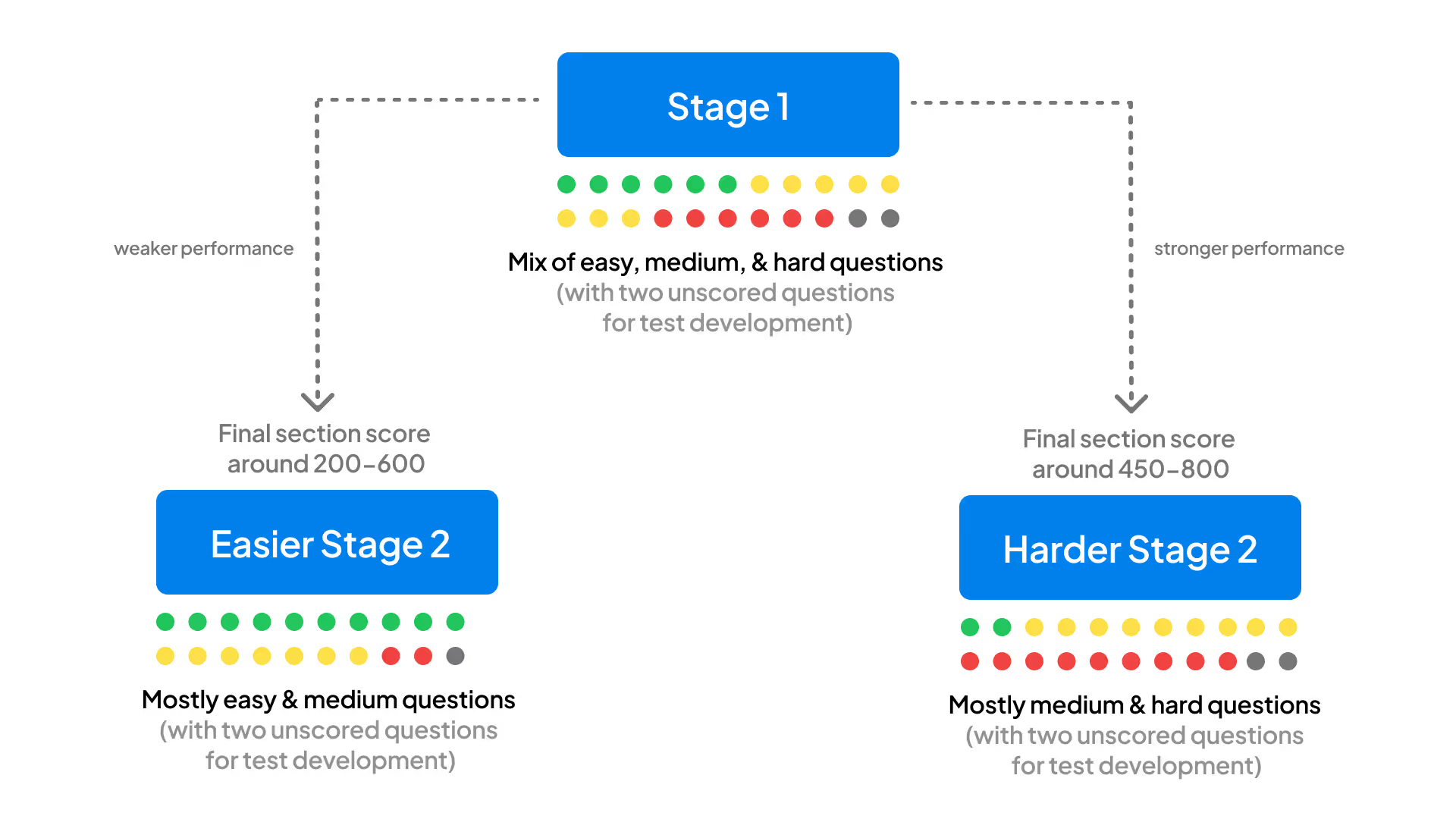
The digital version of the SAT comes with several critical tools to ensure all students are equipped to succeed.
1. Digital Timer
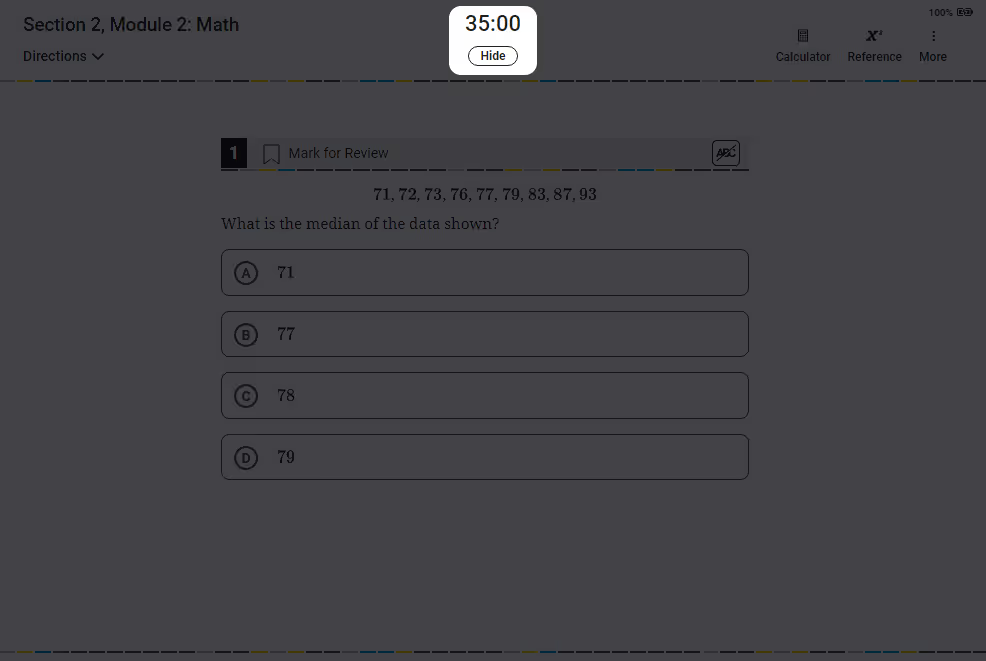
An onscreen timer will ensure more accurate and consistent timing. Students no longer need to rely on a proctor to time them correctly or worry about bringing the right type of watch on test day.
2. In-App Calculator
The powerful Desmos graphing calculator, baked into the app, plays a major role in this new test and, for many students, will fundamentally change the experience of taking the test. A graphing calculator is built into the testing app, ensuring everyone has access to the same functionalities. The calculator opens and closes with a single click and can remain open throughout the test. While some students feel more comfortable with their familiar handheld calculator, the Desmos option is right on the screen, immediately adjacent to the content, which is extremely convenient for problem-solving.
We found that students who know how to use a graphing calculator could use it to answer the majority of questions, often by plugging in equations and identifying where functions intersect on the graph. While there may be more efficient ways to solve every problem, it affords students another pathway towards the correct answer and can significantly help low and mid-scoring students. In particular, the Desmos calculator made the "easier" adaptive module that much easier for students: the calculator was a passport to solving a surprising number of problems.
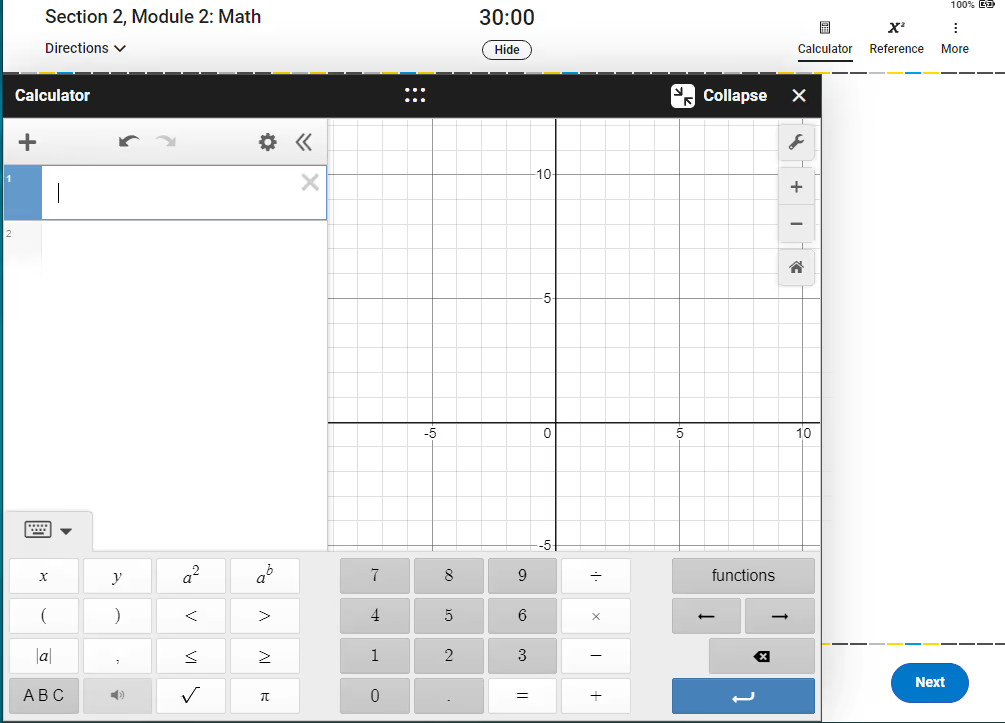
3. Reference Sheet
The same math reference sheet that used to appear in the opening pages of the paper SAT is available on the digital SAT.
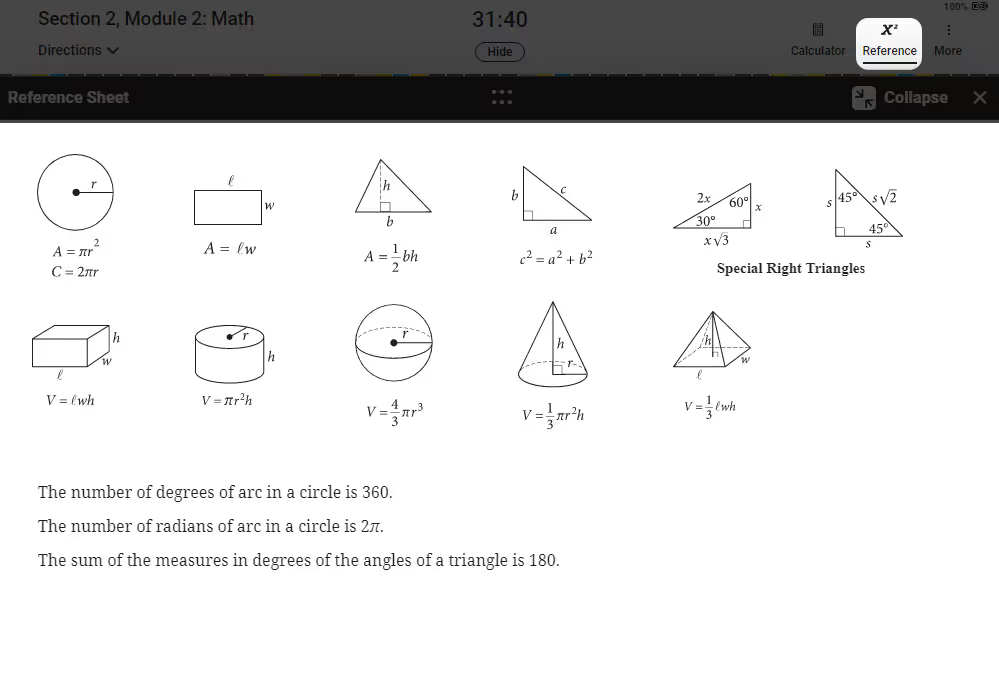
4. Elimination Function
By toggling the elimination button in the top right corner of the question, students can visually eliminate answers that are obviously wrong and hone in on the top contenders.
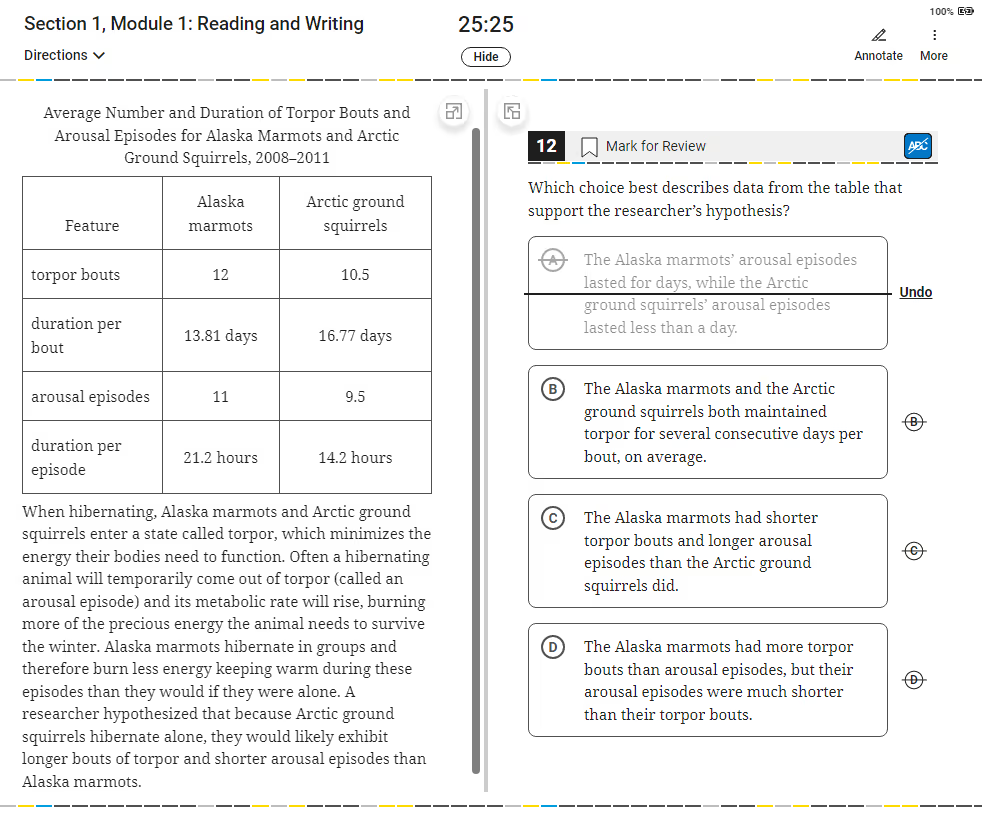
5. Mark for Review Function
Are you nervous that you can't draw stars next to questions you want to return to? Never fear. The digital SAT includes a "mark for review" feature, allowing students to flag questions they wish to review later and easily navigate back to these questions.
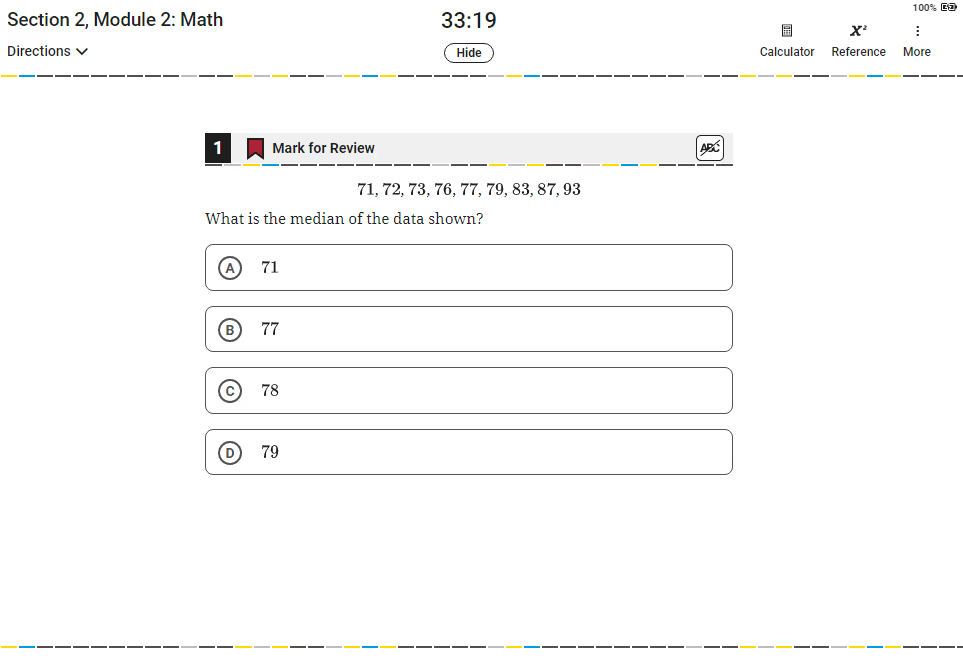
Consolidated mark for review view at the end of each module. This feature helps you go through all the questions marked for review in a single window and navigate easily through each marked question.
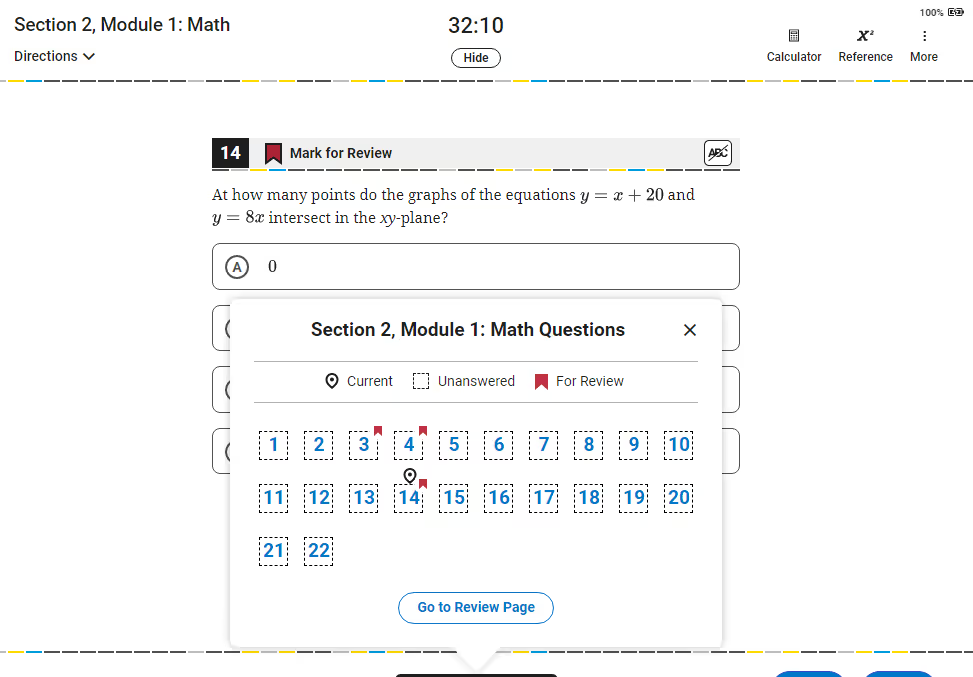
6. Annotate Function
Some students like to jot down notes next to Verbal questions on the pen & paper SAT. On the digital SAT, there's an "Annotate" button to preserve that capability, allowing students to write quick notes to themselves about the main ideas, keywords, or phrases.
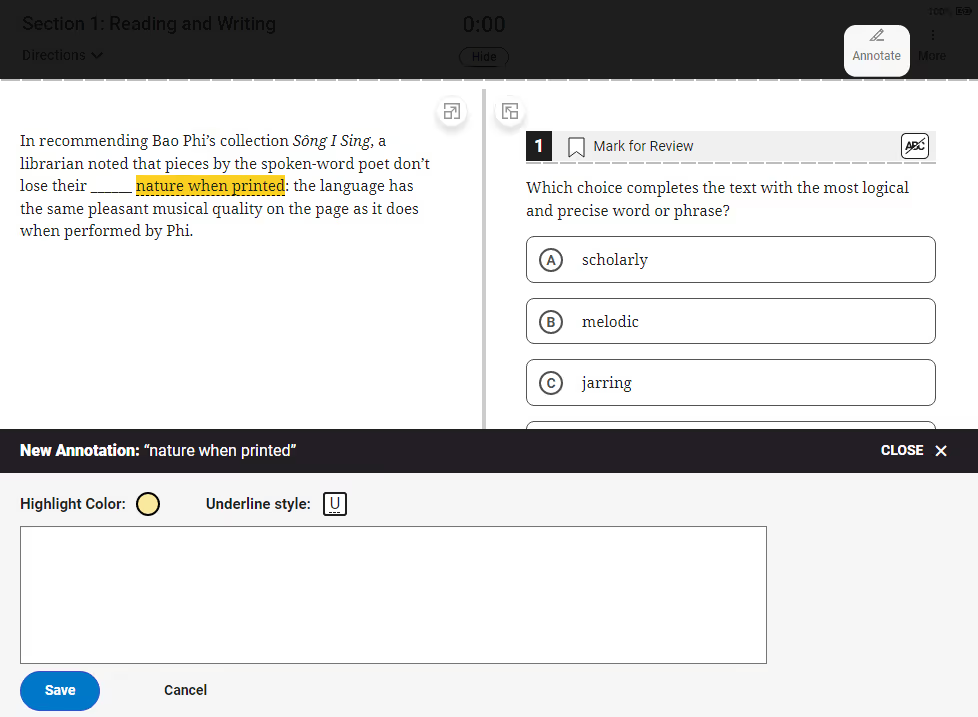
Breakdown of SAT scores, time, and syllabus
Digital SAT score breakdown
Test takers who understand the two points below are likelier to get a better score.
- All questions do not carry the same weight; some bring you more points than others.
- Your performance in the Base module of each section decides the maximum or minimum you can score in the entire section.
Let's understand both points.
Compare two students Fiona and Vince. Fiona doesn't do well in her Base module in the Math section. So the SAT algorithm gives her an Adaptive module that has mostly easy questions. Vince, on the other hand, does quite well in his Base module, so his Adaptive module has mostly difficult questions.
Sure, Fiona and Vince may see some questions testing similar skills in their respective Adaptive modules. But because their level of difficulty isn't the same, the questions that Vince will attempt will carry more weight than the ones Fiona attempts.
That's not all. Because Fiona is getting easier questions in her Adaptive module, the algorithm puts a ceiling on how much she can score. Against that, Vince will be getting more difficult questions in his Adaptive module, the algorithm won't let Vince's sectional score fall below a certain level, no matter what.
Key message: If you do well in your Base module, you're assured of a certain minimum score in that section. Against that, students who don't do well in the Base module, won't be able to score beyond a maximum level in that section, no matter what.
Scores
The digital SAT exam is scored out of 1,600. The minimum you can score is 400 points. The minimum score for each section is 200, while the maximum is 800. Your total SAT score is simply the sum of the scores you receive in the two sections.
There is no penalty for wrong answers, so feel free to guess when you aren't sure.
Scores are awarded in intervals of 10 points. So you can score 580 or 690, but not 403 or 577.
It's important to remember that while awarding scores, the College Board takes into account the overall difficulty level of the questions of your entire SAT paper. Hence two students who took the SAT on different days but who performed almost identically may receive slightly different score.
Digital SAT time breakdown
The total time for the entire SAT is 2 hours 14 minutes, excluding a 10-minute break.
In addition to that, each module and section have their respective time limits.
You get 32 minutes for each module of the Reading and Writing section, which means you have 64 minutes for the entire section. The two modules of the Math section have 35 minutes each, so you have a total of 70 minutes for the Math section.
During the allotted times, you may jump from one question to another within the same module. However, you won't be able to jump to a question of another module or another section.
Digital SAT syllabus breakdown
The total time for the entire SAT is 2 hours 14 minutes, excluding a 10-minute break.
In addition to that, each module and section have their respective time limits.
You get 32 minutes for each module of the Reading and Writing section, which means you have 64 minutes for the entire section. The two modules of the Math section have 35 minutes each, so you have a total of 70 minutes for the Math section.
During the allotted times, you may jump from one question to another within the same module. However, you won't be able to jump to a question of another module or another section.
Digital SAT syllabus breakdown
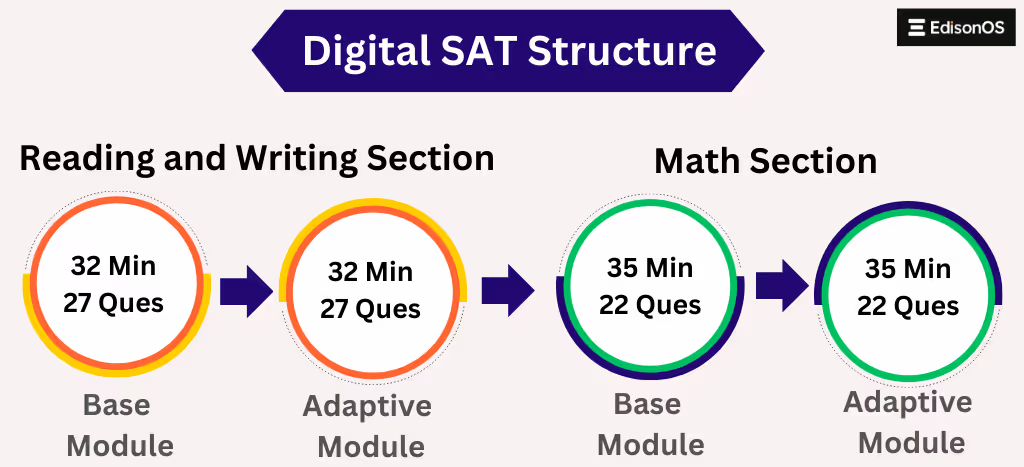
The new digital SAT is different from the earlier paper-and-pencil version in how it’s conducted. But other things haven’t changed, if you study the digital SAT breakdown - syllabus and skills tested, for instance.
In the words of the College board, the digital SAT “…will continue to measure the knowledge and skills that students are learning in school and that matter most for college and career readiness.”
You’ll find a detailed breakdown of the digital SAT syllabus in the sections below.
Reading & Writing
Unlike the paper SAT, which includes two Verbal sections — one more focused on reading comprehension and one more focused on grammar — the digital SAT has one Reading & Writing section, in which questions centring on various verbal skills are mixed. Each question is accompanied by a passage that ranges from a single sentence to an entire paragraph. Here are some types of questions you can expect to see in the Reading & Writing section of the digital SAT.
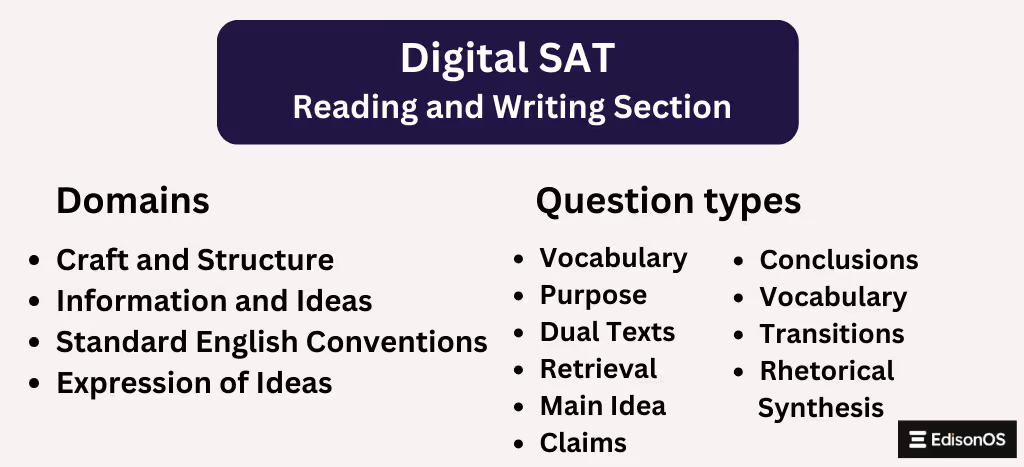
1. Vocab-in-context
These questions ask students to select the most logical and precise vocabulary word to fill in a blank based on knowledge of the words themselves and the context of the passage.
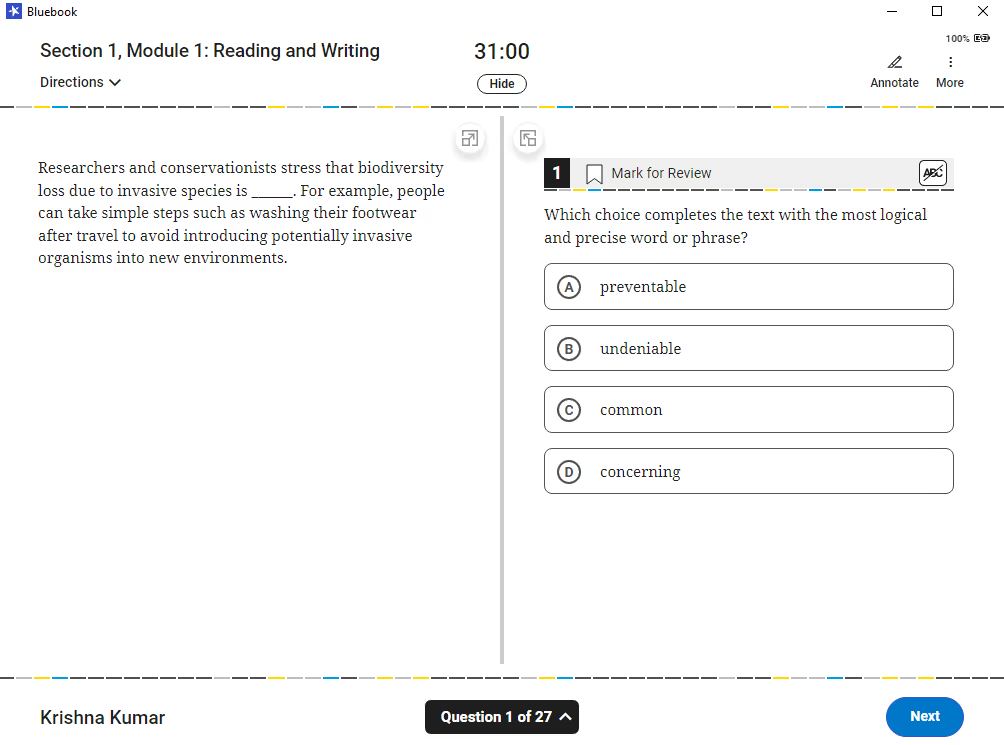
2. Paired passages
These questions ask students to analyze and compare the authors' points of view of two different passages.

3. Purpose
These questions ask students to identify the purpose and impact of a single sentence in a larger passage.

4. Character
These questions ask students to analyze and summarize information about certain characters based on the information provided about those characters in a passage. Some passages include many characters, requiring students to avoid distractions and focus on the character the question identifies.
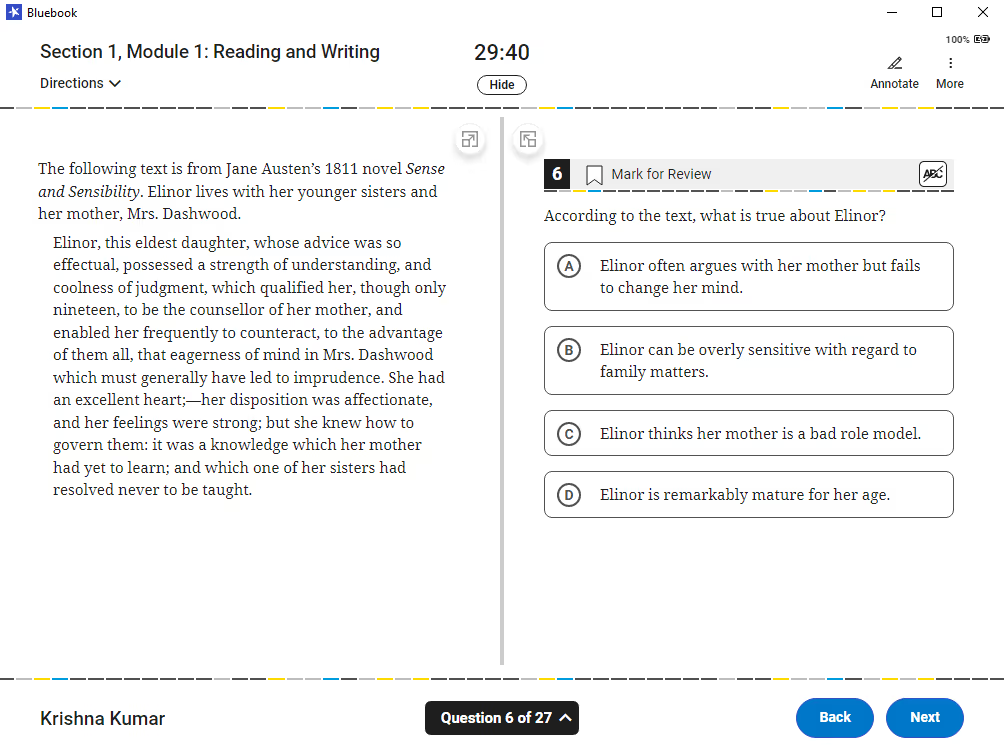
5. Main idea
These questions ask students to synthesize a passage's main idea or primary purpose. Students must understand how to discern more extraneous details from a passage'spassage's central themes.
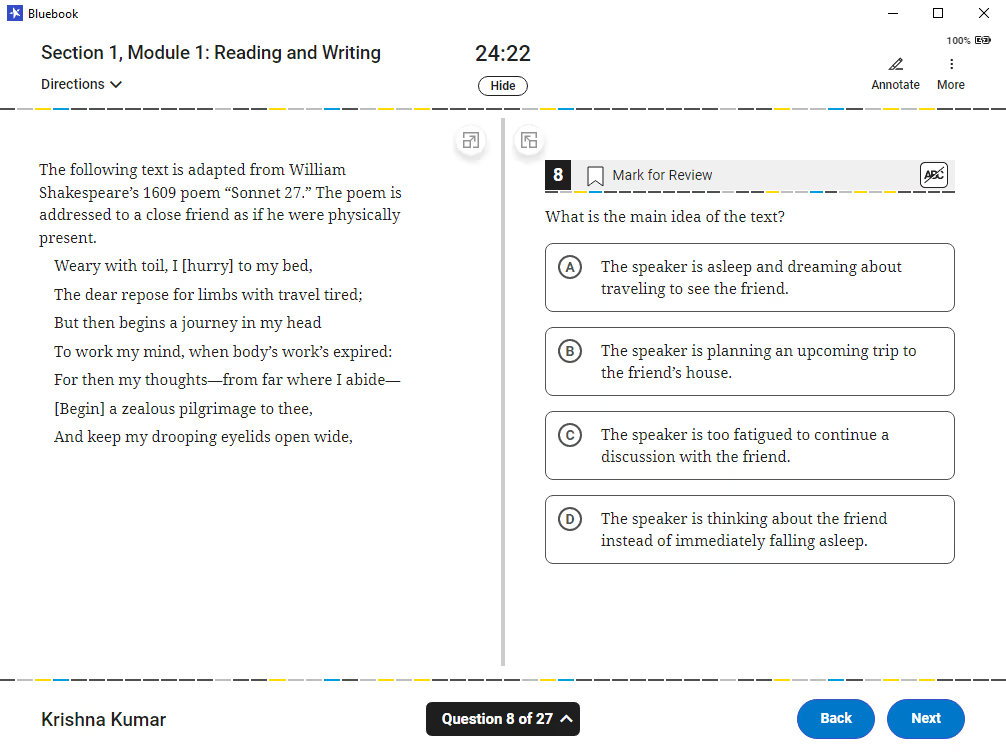
6. Reading graphs & charts
As in the paper SAT, the verbal section of the digital SAT includes some questions that combine reading comprehension with more quantitative skills. Questions like these test a student's ability to correctly interpret graphs and charts and apply that information to a written passage.

7. Grammar
These questions test a student'sstudent's grasp of grammatical concepts like punctuation, parts of speech, and proper sentence structure.
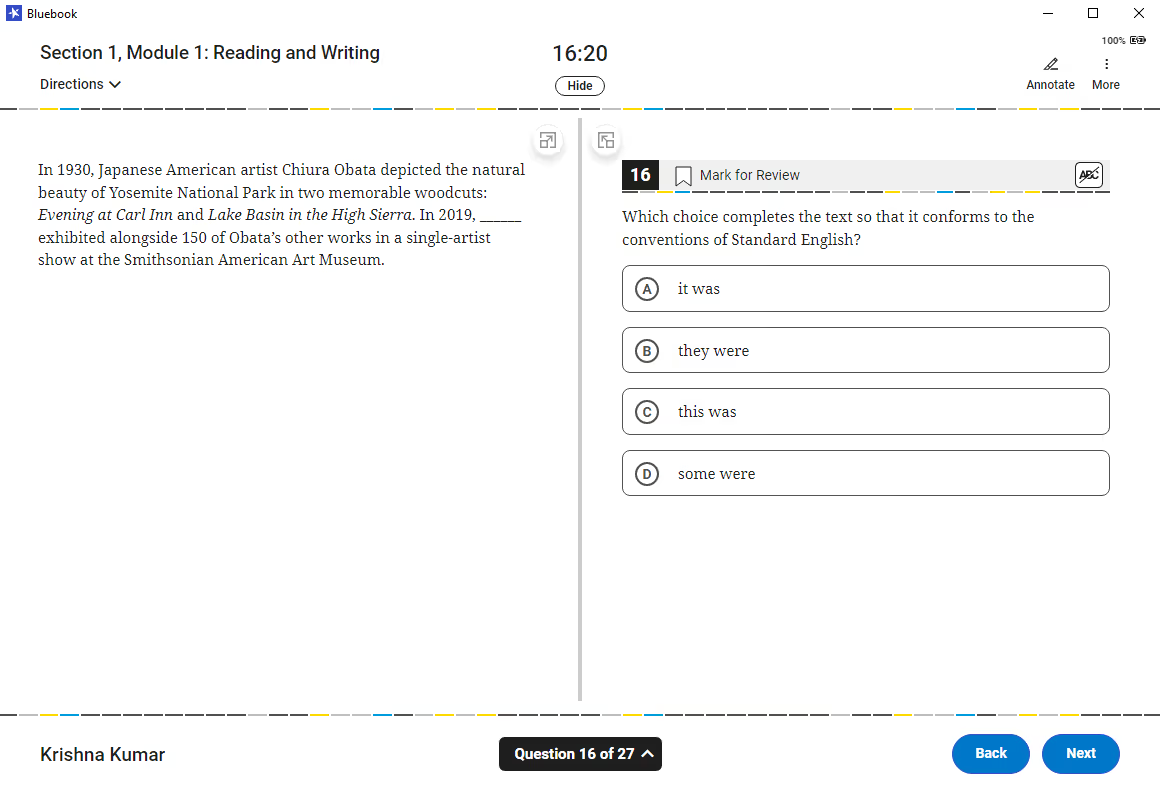
8. Transition
These questions ask students to select the transition word that most closely reflects the relationship between two sentences or clauses.
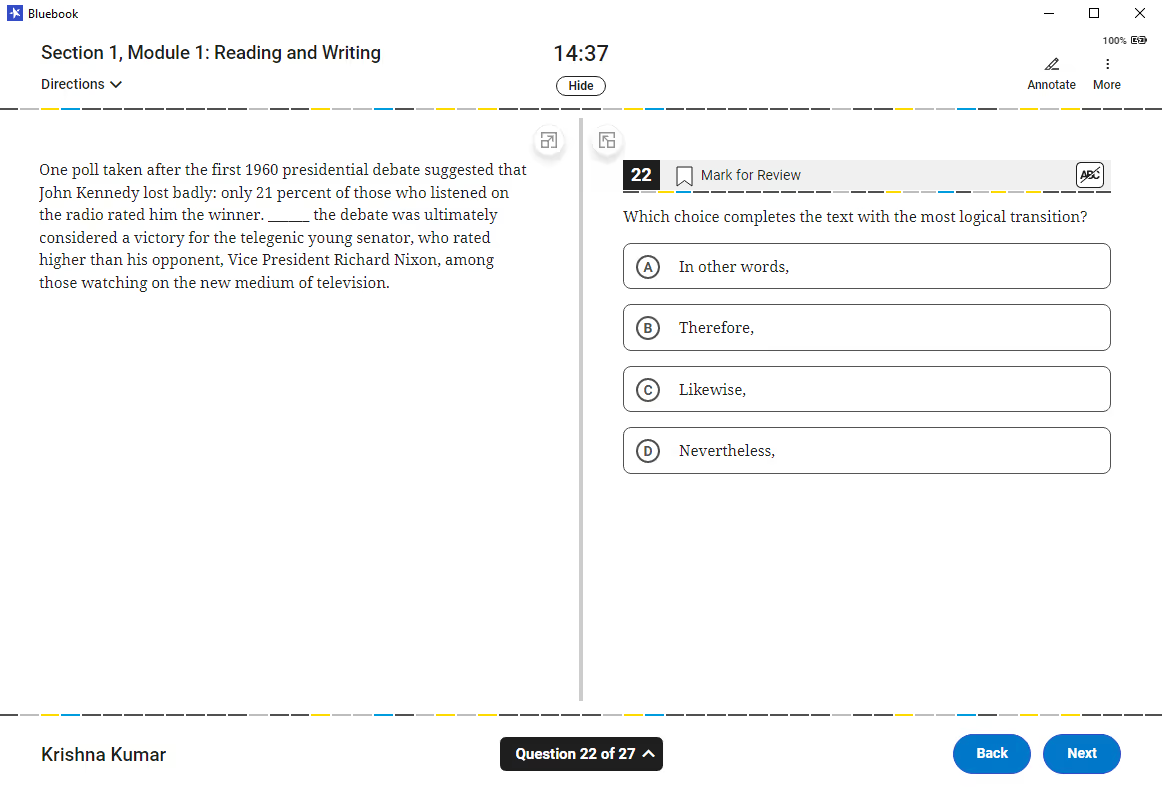
9. Relevance
These questions ask students to identify the most relevant information in a list of loosely related pieces based on a stated goal.
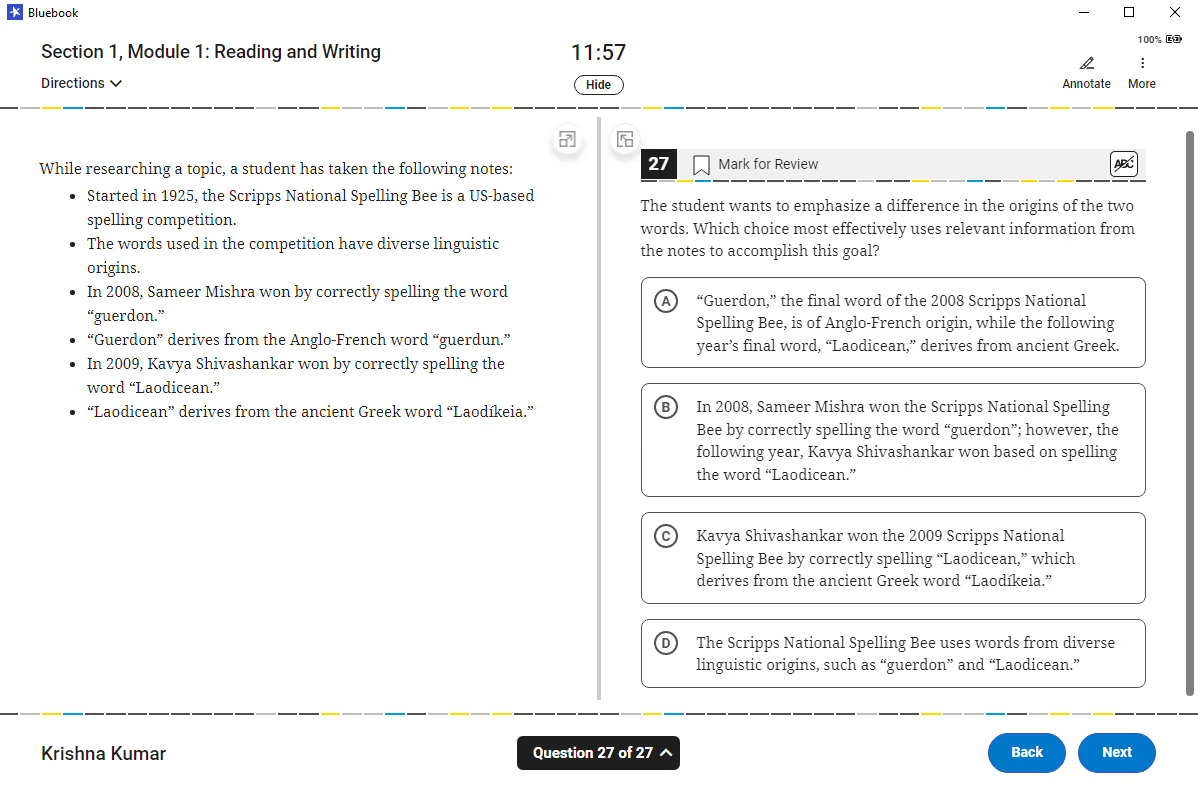
Math
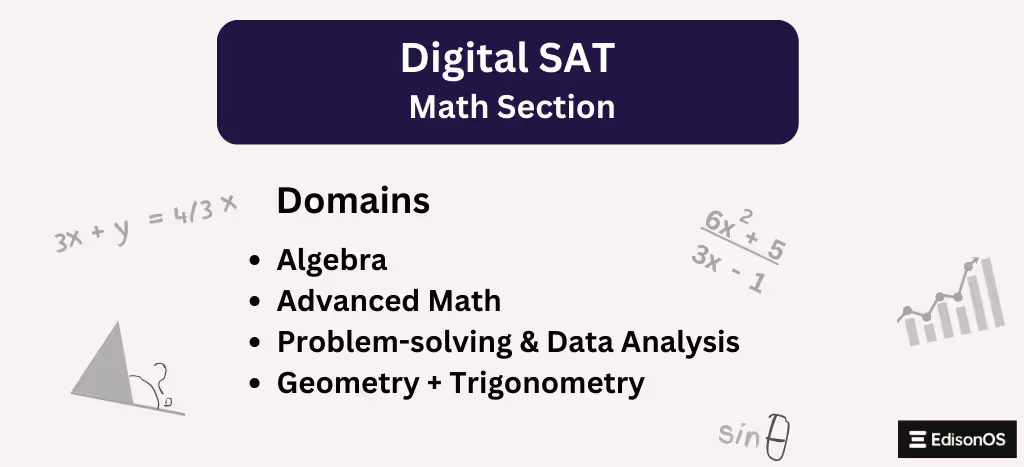
On the paper SAT, the two Math sections (Calculator and No-Calculator) are further subdivided into multiple choice questions and "grid-in" questions (on which students write in their answers rather than selecting from provided options). Math on the digital SAT will be different in two crucial ways. First, calculators will be allowed in the entire section. Second, the section includes a mixture of multiple-choice questions and free-response questions.
That being said, the content areas covered by the digital SAT seem extremely similar to those covered by the paper SAT! Here are some of the content areas you can expect to see in the Math section of the digital SAT.
- Exponents & Radicals
- Exponential vs. Linear Growth
- Expressions
- Manipulating & Solving Equations
- Systems of Equations
- Word Problems
- Lines
- Quadratics
- Triangles
- Circles
- Trigonometry
- Probability
- Statistics
See an example of each of these content areas below!
1. Exponents & Radicals
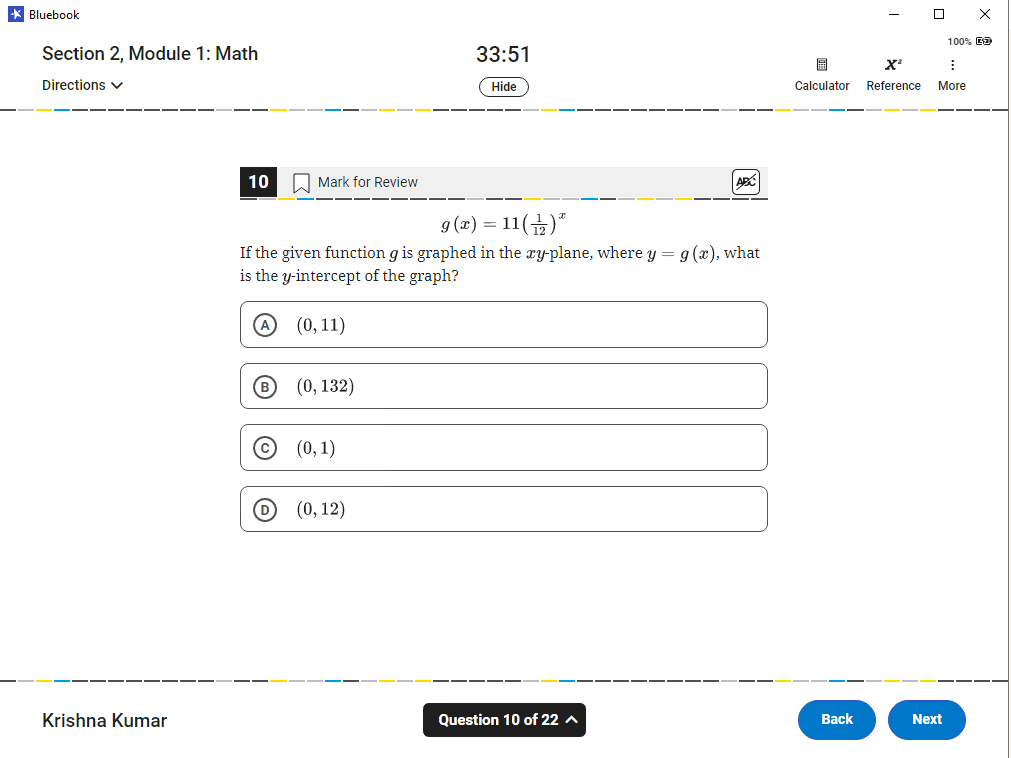
2. Exponential vs. Linear Growth
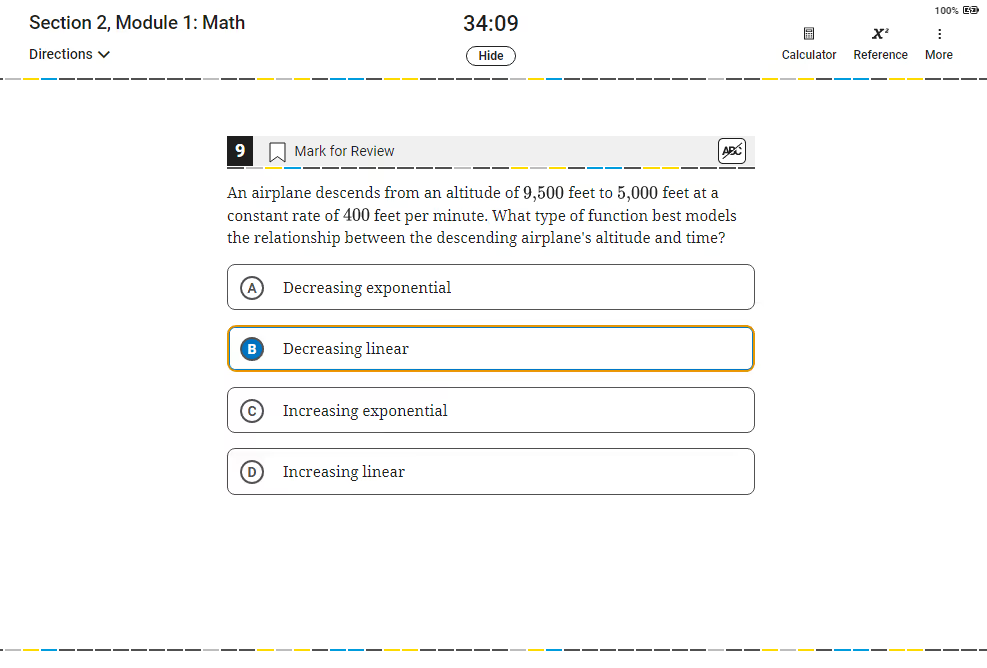
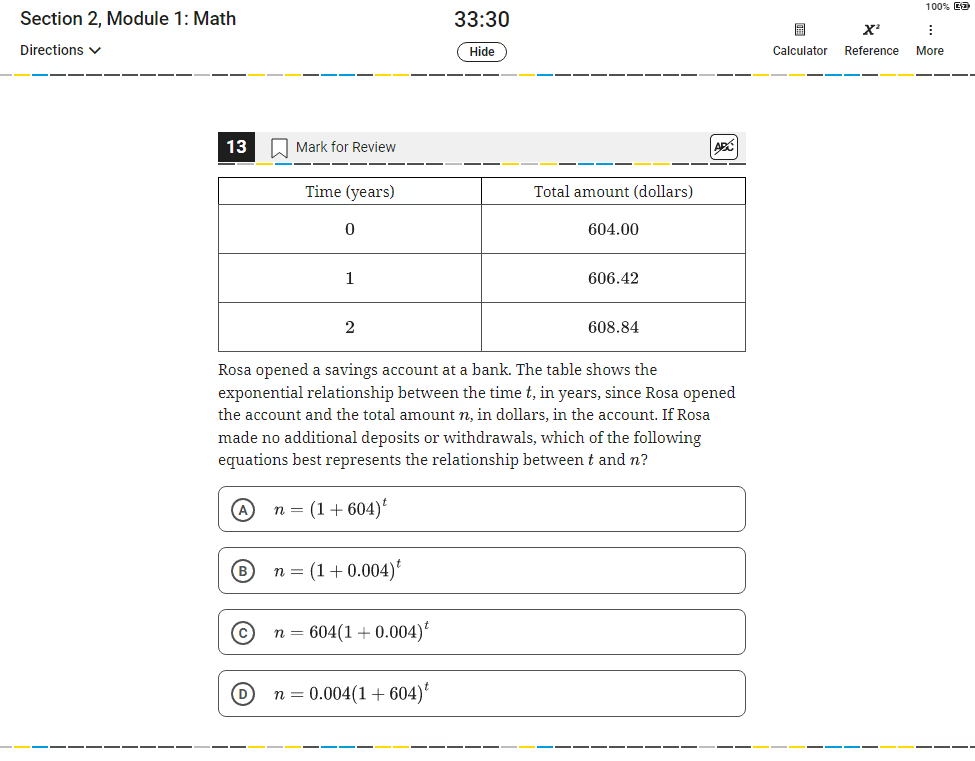

3. Expressions

4. Manipulating & Solving Equations
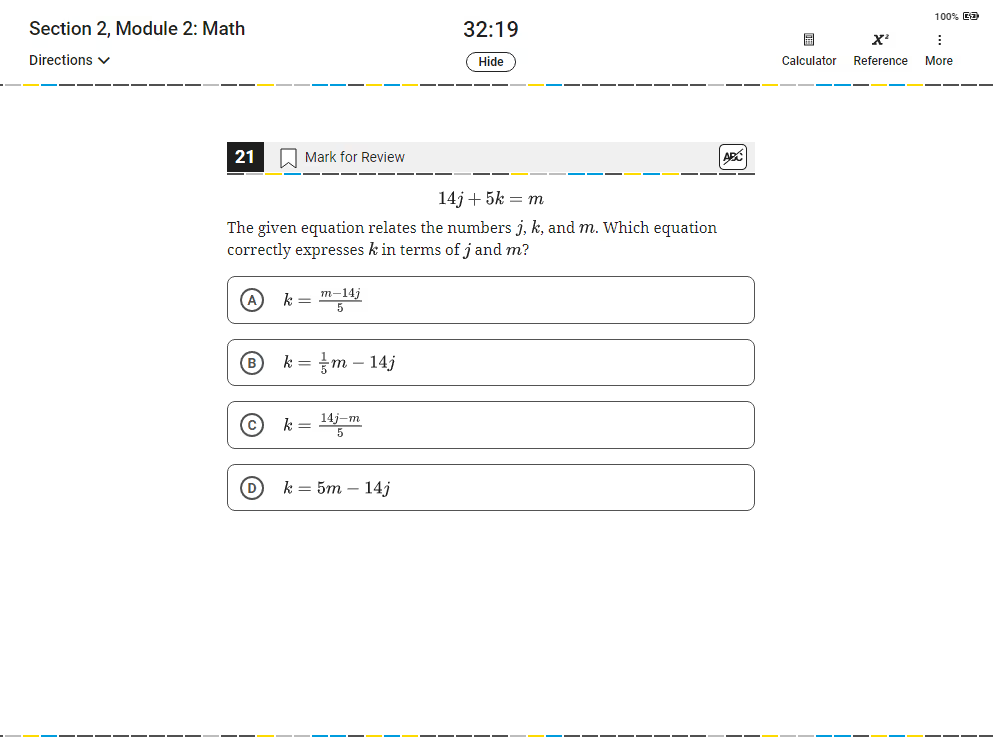
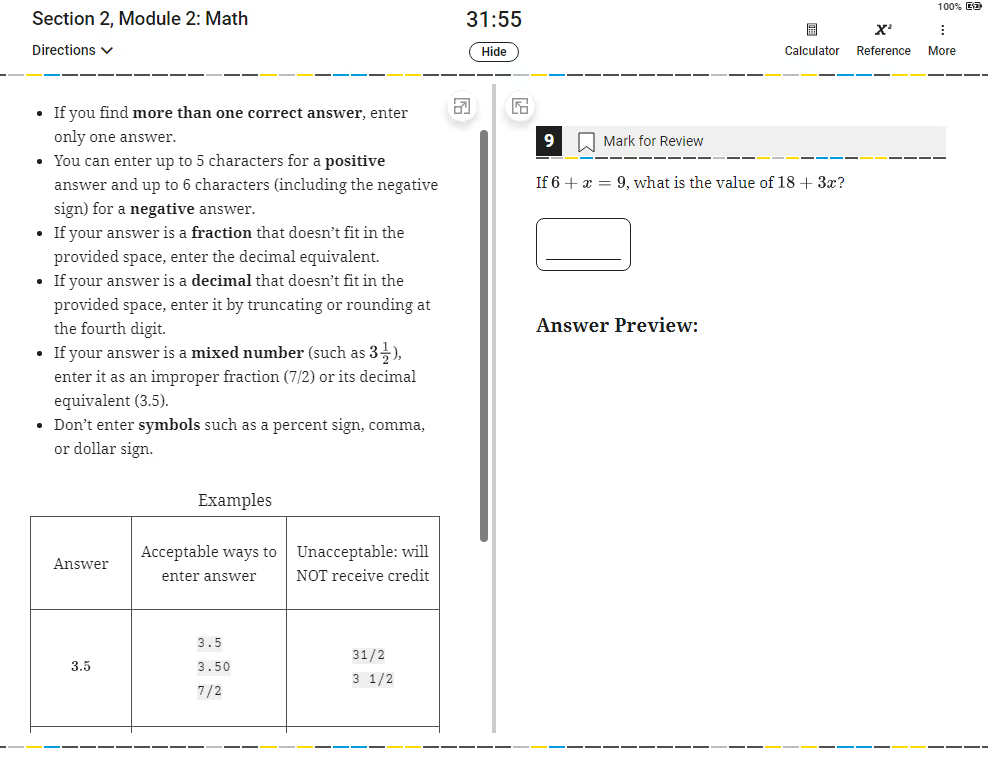
5. Systems of Equations

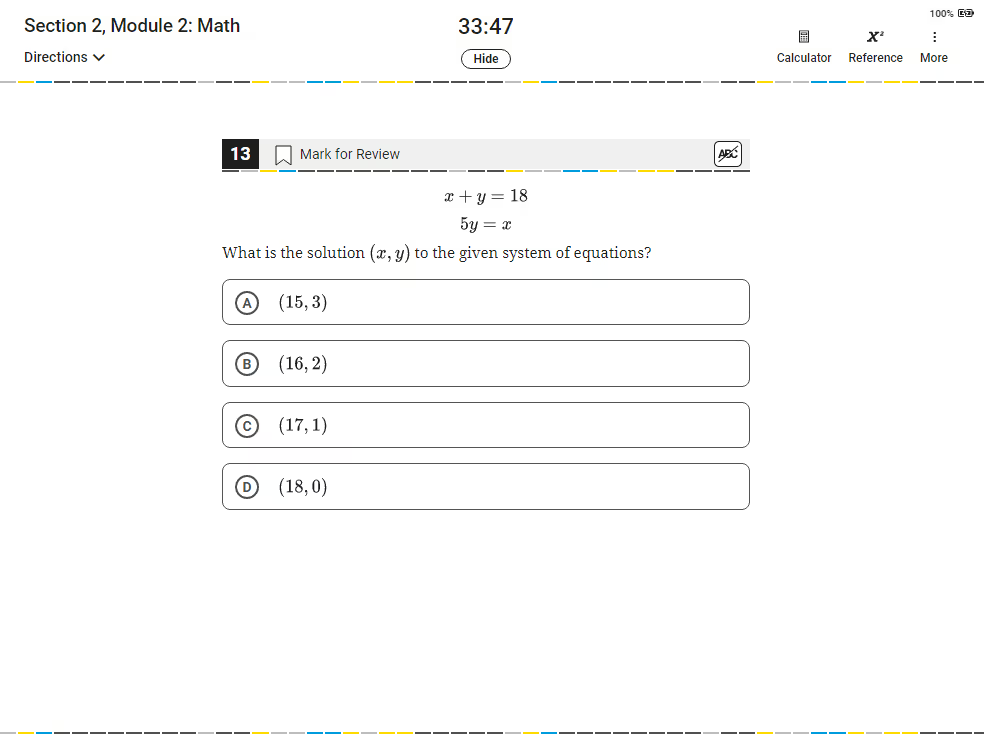
6. Word Problems
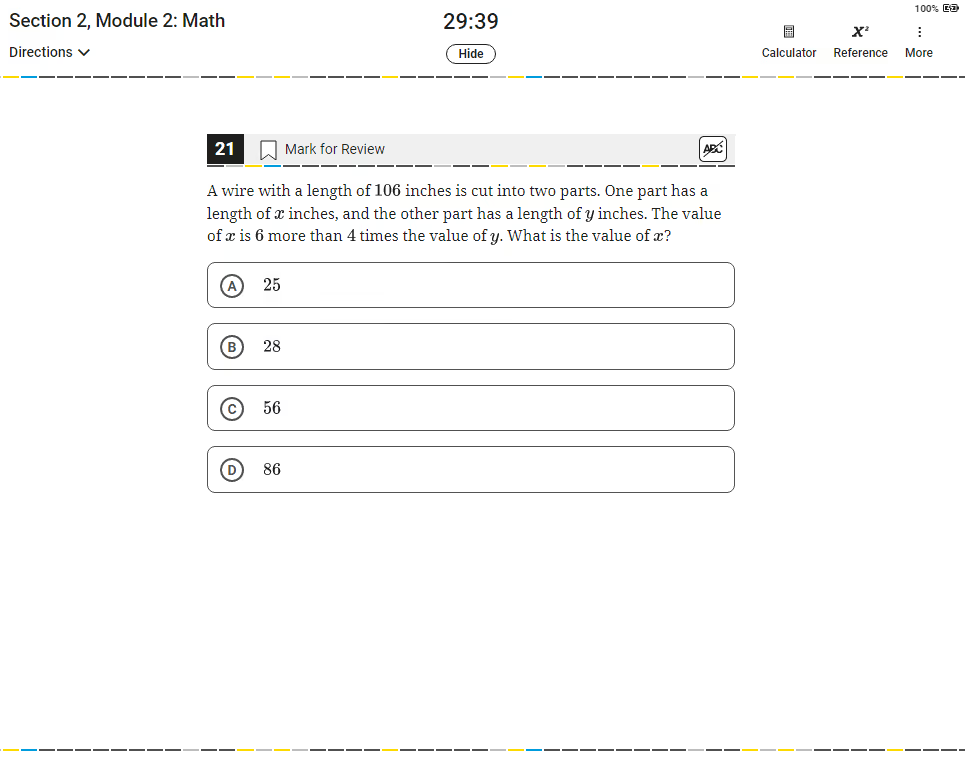

7. Lines
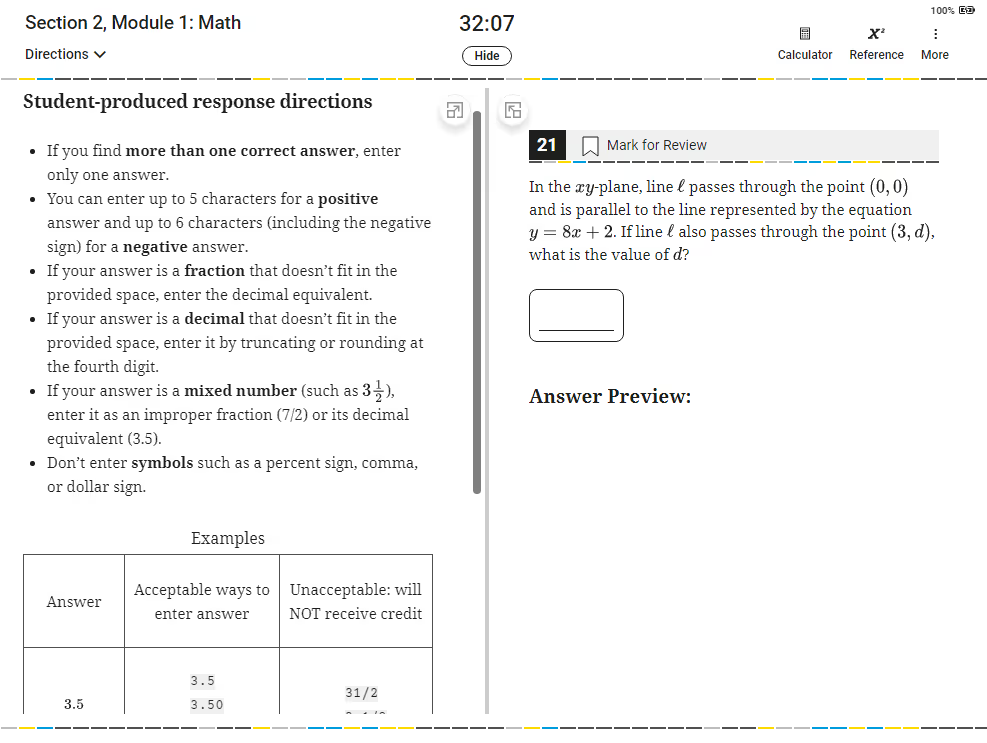
8. Quadratics
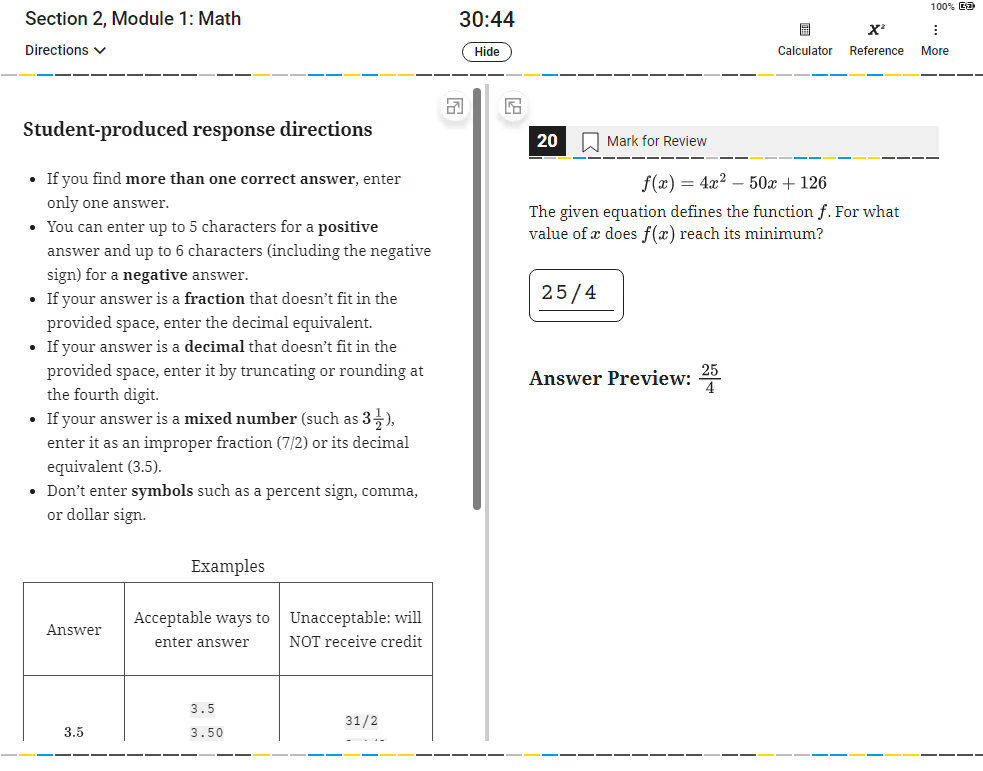
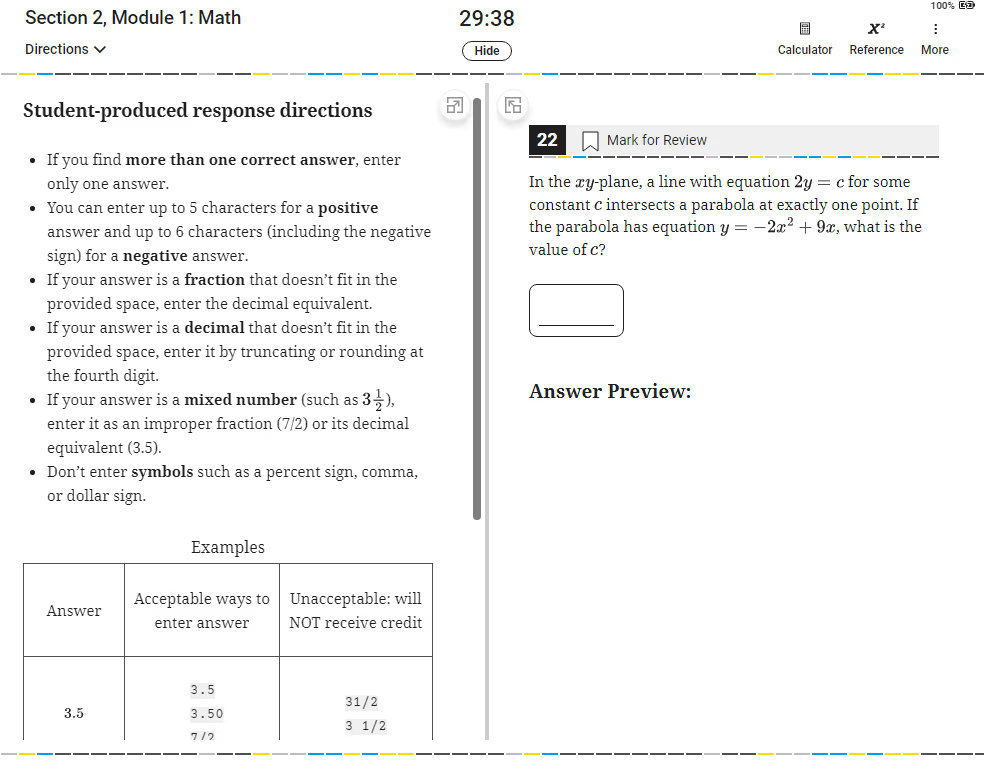
9. Triangles

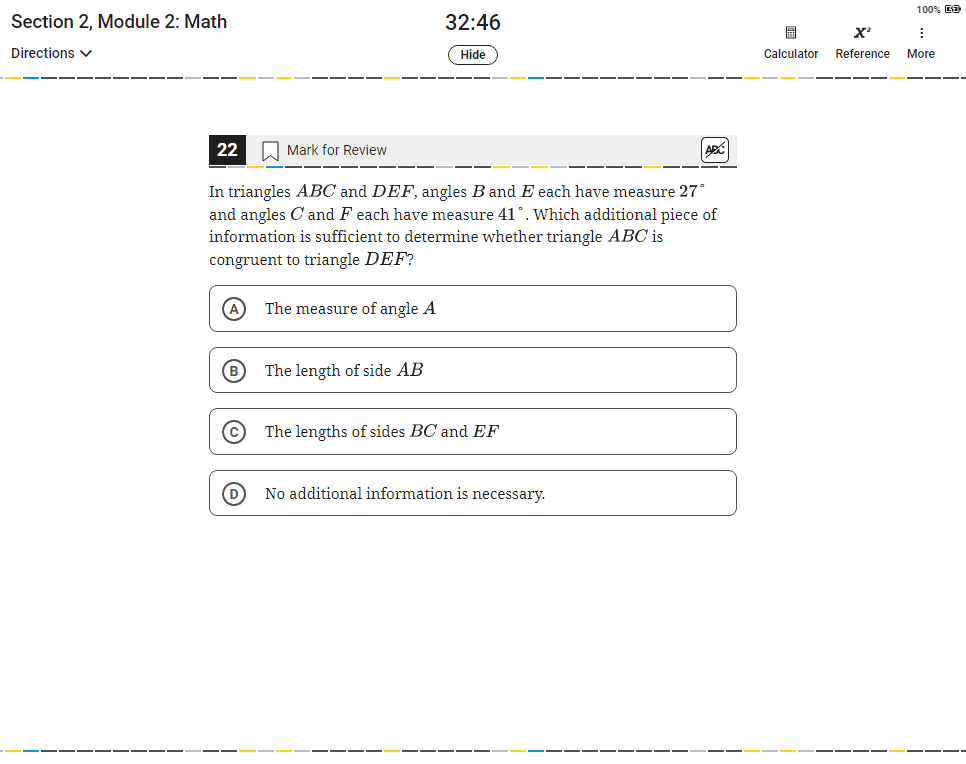
10. Circles
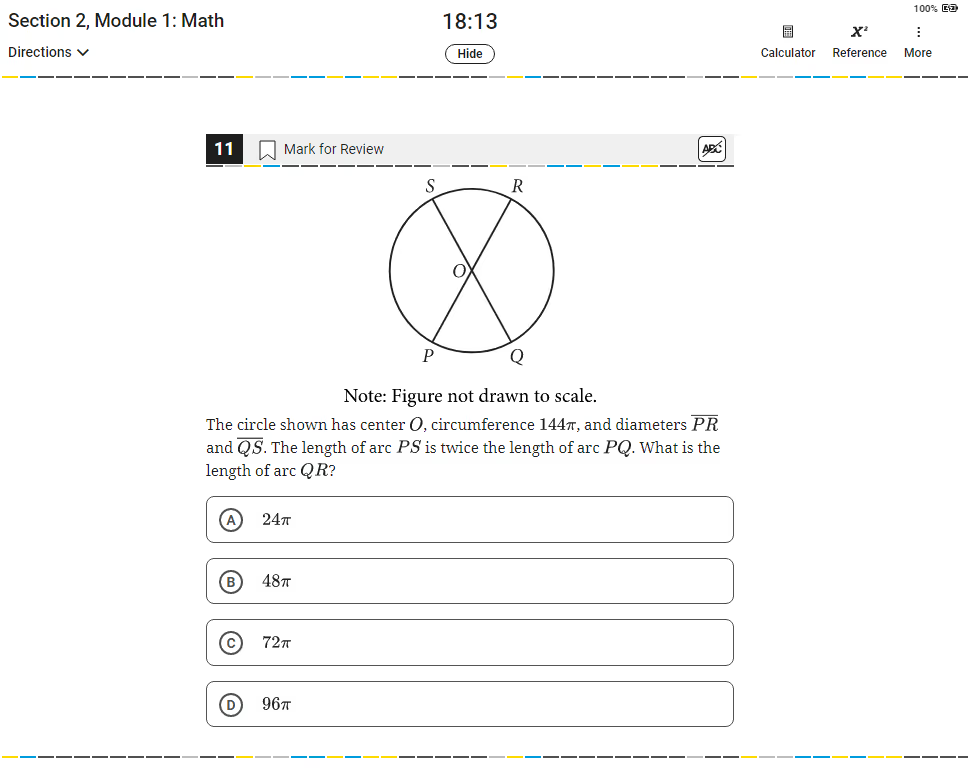
11. Trigonometry
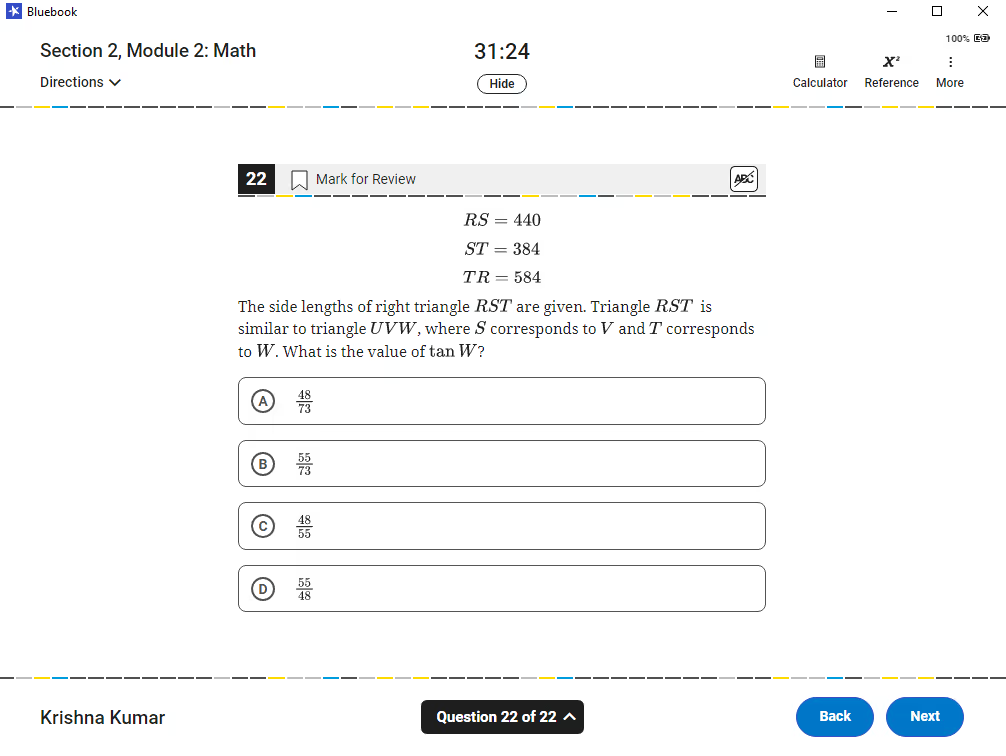
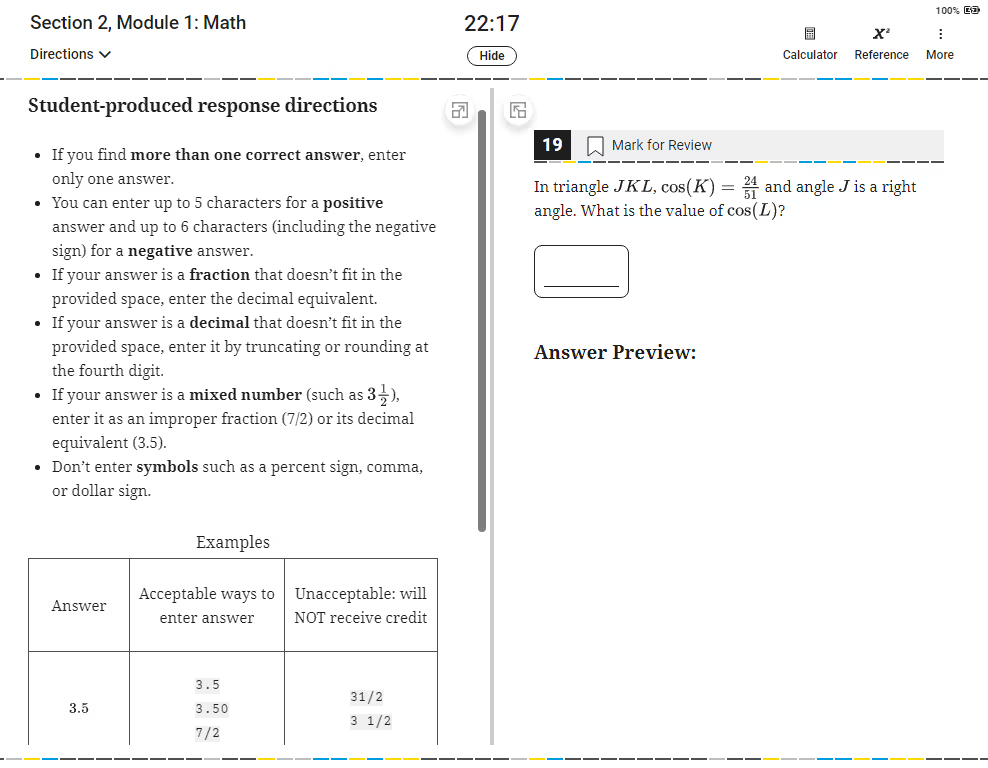
12. Probability
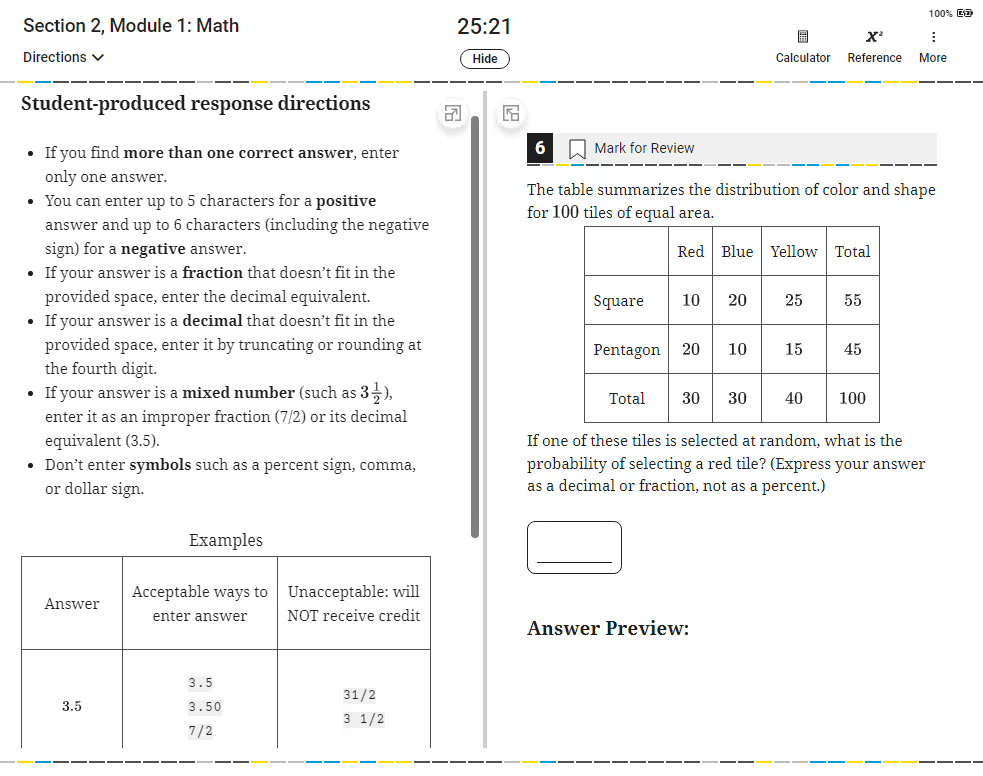
13. Statistics
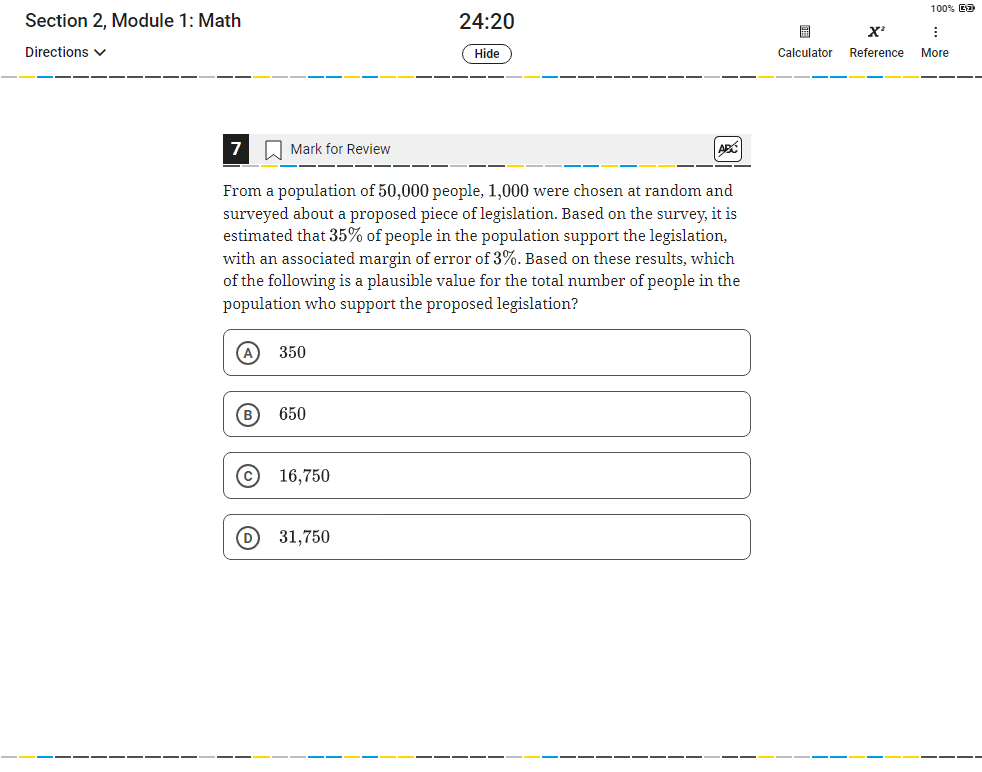
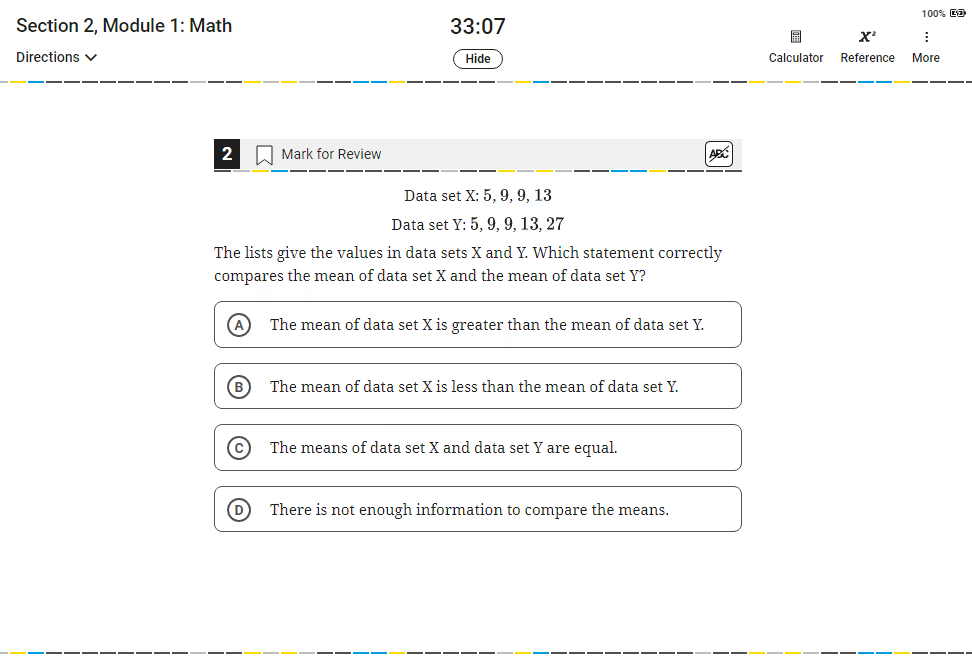
14. Functions
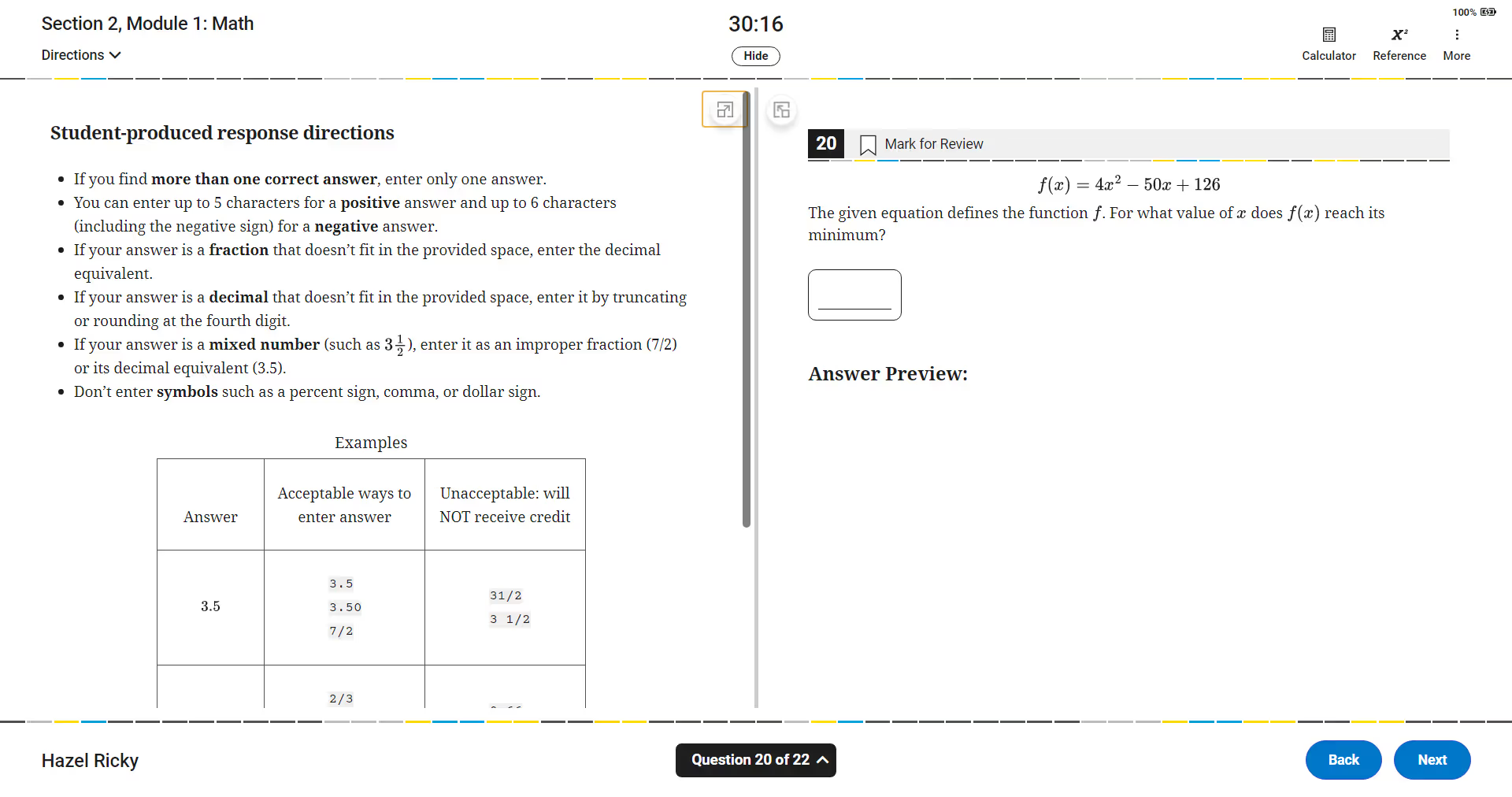
.avif)
Conclusion
The digital SAT is an important development in the world of standardised testing. As SAT continues to transition into the online space, it is important for students and educators to familiarise themselves with the digital format and understand its unique features and potential challenges. By preparing in advance and understanding the differences between the digital and traditional versions of the SAT and how to calculate the digital SAT score, students can ensure that they are well-equipped to succeed on the test and achieve their academic goals.
Disclaimer: Please note that the content is structured around the SAT practice test, attempted on College Board.
How EdisonOS Empowers Tutors for Digital SAT Success
EdisonOS is a purpose-built Digital SAT platform designed for tutors to craft high-quality practice tests, simulate the official exam environment, and access powerful student performance analytics.
The platform helps tutors boost student scores by 200+ points with access to 5000+ preeminent SAT experts-vetted questions and 22 expert-designed adaptive tests. Tutors can build their own practice tests that mimic the real test-taking experience in under 60 minutes, allowing them to customize assessments based on each student's needs and target weak areas efficiently.
By combining authentic test simulation with powerful analytics and flexible test creation, EdisonOS gives tutors everything they need to help students navigate the complexities of Digital SAT scoring and achieve their target scores.
Book a demo today.
Frequently asked questions
Digital SAT Math: 1. Calculators are now allowed throughout the entire Math section. A graphing calculator is integrated into the digital test experience so that all students have access. 2. The average length of Math word problems has been reduced. In-context questions are still a big part of the test, but they’re not quite so wordy. Digital SAT Reading and Writing: 1. The pencil-and-paper SAT tested reading and writing in separate test sections, the digital SAT combines these topics. 2. Students taking the digital SAT will encounter shorter passages, each with just one follow-up question.
1. Algebra: Analyze, fluently solve, and create linear equations and inequalities, as well as analyze and fluently solve systems of equations. 2. Advanced Math: Demonstrate attainment of skills and knowledge central for successful progression to more advanced math courses, including analyzing, fluently solving, interpreting, and creating a variety of equation types. 3. Problem-Solving and Data Analysis: Apply quantitative reasoning about ratios, rates, and proportional relationships; understand and apply units and rates; and analyze and interpret one- and two-variable data. 4. Geometry and Trigonometry: Solve problems that focus on perimeter, area, and volume; angles, triangles, and trigonometry; and circles.
1. Algebra: Analyze, fluently solve, and create linear equations and inequalities, as well as analyze and fluently solve systems of equations. 2. Advanced Math: Demonstrate attainment of skills and knowledge central for successful progression to more advanced math courses, including analyzing, fluently solving, interpreting, and creating a variety of equation types. 3. Problem-Solving and Data Analysis: Apply quantitative reasoning about ratios, rates, and proportional relationships; understand and apply units and rates; and analyze and interpret one- and two-variable data. 4. Geometry and Trigonometry: Solve problems that focus on perimeter, area, and volume; angles, triangles, and trigonometry; and circles.
No. According to the College Board, the difficulty level of the digital SAT is at par with the traditional SAT. The College Board continues to test the same skills as before. As a result, you may expect to score nearly the same percentile score on the digital SAT as on the paper-and-pencil SAT. In short, the digital and paper scores of the SAT are fully comparable.
Digital SAT is a digital version of the current paper and pencil test — it will be easier to take, more secure, and more relevant.

Tutors Edge by EdisonOS
in our newsletter, curated to help tutors stay ahead!
Tutors Edge by EdisonOS
Get Exclusive test insights and updates in our newsletter, curated to help tutors stay ahead!
Recommended Reads
Recommended Podcasts
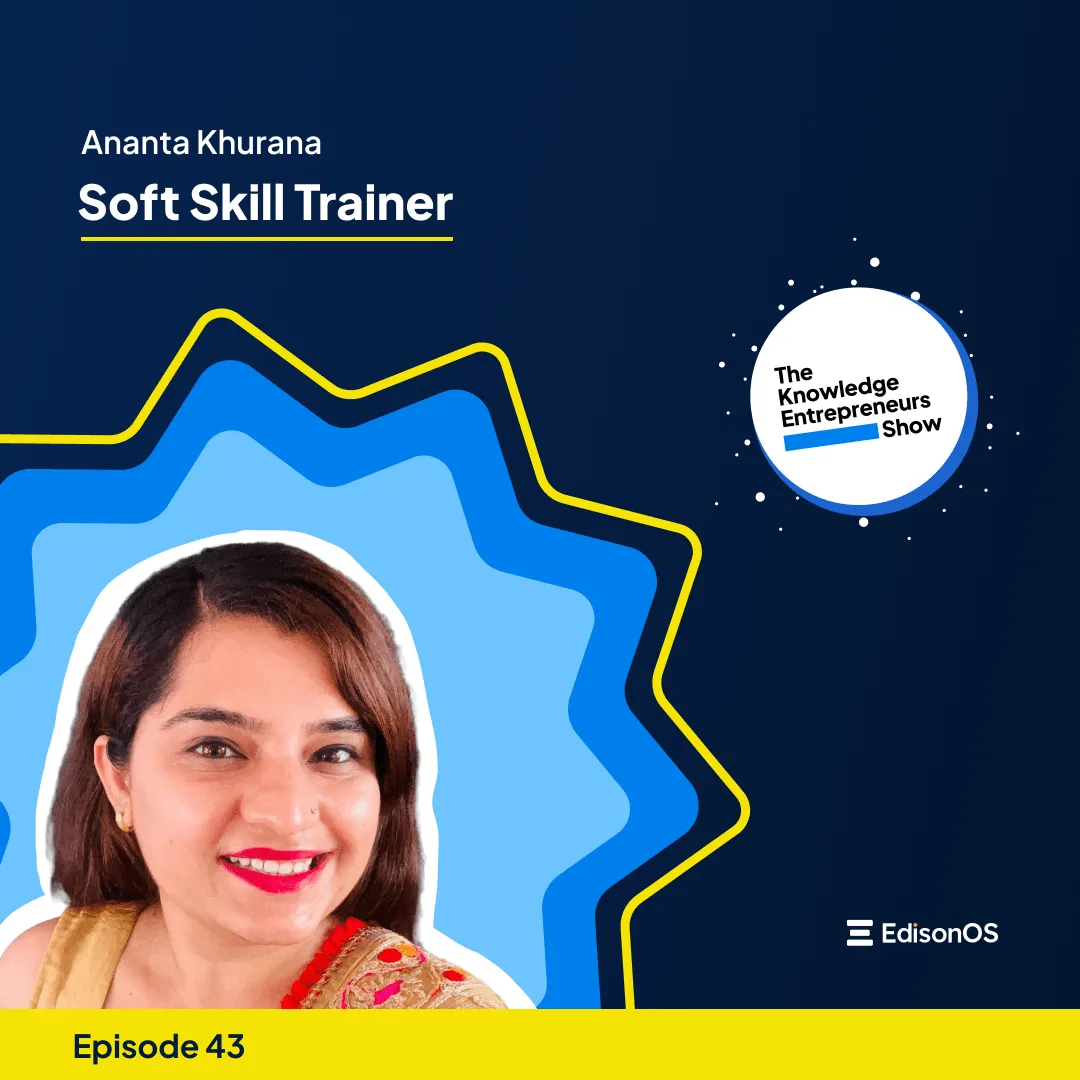













.png)
.webp)
